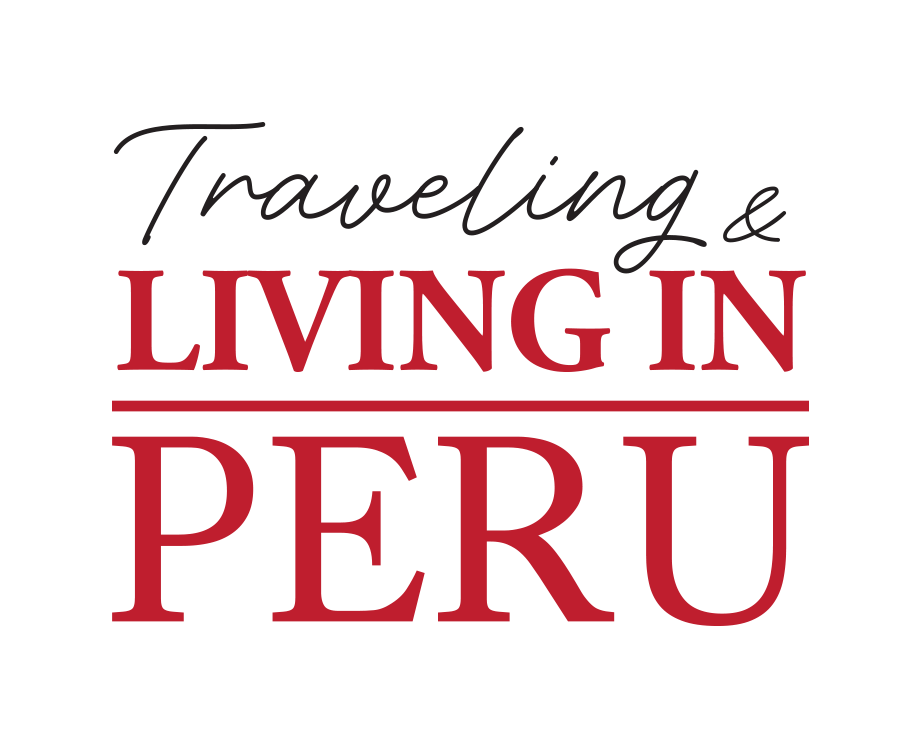A group of scientists working in Madre de Dios are tackling the important and laborious work of tree regrowth after deforestation.
A report by Christina Larson for the Associated Press showcases the elaborate and lengthy work that goes into replanting trees in the Amazon region of Madre de Dios, Peru. Larson follows researcher Jhon Farfan who, along with a team of scientists from CINCIA (a Peru-based nonprofit), is dedicated to planting new life in areas stricken with deforestation.
Specifically, Farfan works in land that has been upturned from its original composition and ruthlessly stripped of its nutrients by illegal gold miners. The damage doesn’t stop there. Larson writes: “To turn gold dust into nuggets, they [miners] stirred in mercury, which binds the gold together but also poisons the land.”
The survival rate is drastically low for new trees planted in such hostile soil. However, there are methods used to increase the likelihood of successful reforestation. For example, planting native plant species has proven successful in reforestation programs in old mining sites across the world. Management teams that are able to oversee these programs for a sustained amount of time are necessary, since most trees die in the first year—and only if they make it to the five-year mark will they likely survive.
The reforestation program conducted by Farfan and CINCIA has reforested more than 115 acres in the last three years, making it the largest effort in the country to this day. They are in talks with the government to expand this work.
This report is part of the AP series “What Can Be Saved.“
Source: AP.
Photo: Andina.


